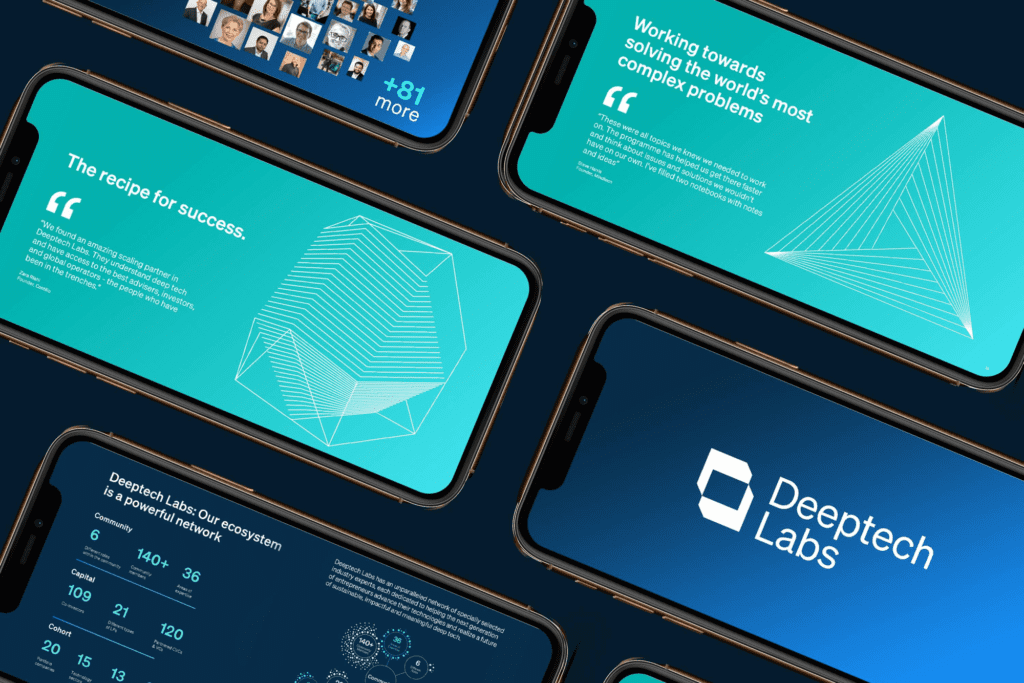As sustainability becomes more important to investors and consumers, companies are increasingly looking to produce ESG or sustainability reports. This article shows the frameworks used to measure your sustainability efforts.
Because there are no official standardised requirements for sustainability reporting, several frameworks have emerged. The most popular of these are the Global Reporting Initiative (GRI) and the Sustainability Accounting Standards Board (SASB).
Each has slightly different areas of focus, be that in purpose, audience or methodology. By considering your audience, risks that directly affect your business, and the ease of data collection required to satisfy each framework, you should be able to choose one or two that represent your individual goals.
Used by public and private companies across industries and sectors, GRI is the most widely adopted reporting method in the world, and when used in conjunction with the SASB, for example, would satisfy an investor-led audience.
To better align sustainability reporting frameworks, the International Integrated Reporting Council established the Corporate Reporting Dialogue in 2014, which could lead to changes in regulation and even a single global regulator for corporate reporting.
Sustainability standards and frameworks
-
Global Reporting Initiative (GRI)
- What is it? GRI standards show a company’s impacts on the environment, society and the economy. Applicable to businesses of all sizes, GRI is the most widely adopted reporting methodology in the world.
- Who will be interested? General Audience
- How to use the framework: Presented annually, the GRI requires organisations to present data related to its relevant material topics, or provide a valid reason for its omission.To increase transparency, alongside these disclosures, a GRI content index is required to summarise an organisation’s reported information and the location stakeholders can find it.SASB standards are industry-specific, meaning their usage is different for each reporter.
Find out more: globalreporting.org/
-
Sustainability Accounting Standards Board (SASB)
- What is it? Focussed specifically on those metrics of interest to investors, SASB highlights the financial impacts of sustainability on the business.
- Who will be interested? Investors
- How to use the framework: SASB standards are industry-specific, meaning their usage is different for each reporter.Because they’re targetted at investors, individual companies should each determine which disclosure topics are financially material to their business, and report against those. Following this method reduces unnecessary costs and minimises noise.
Find out more: sasb.org/implementation-primer/
-
<IR> Framework
- What is it? Originally published by the International Integrated Reporting Council (IIRC) (now the Value Reporting Foundation (VRF)), The <IR> FrameworkIIRC aims to support businesses to focus on value creation over the short, medium and long term, through integrated thinking and reporting.
- Who will be interested? Investors mainly, but also all stakeholders
- How to use the framework: Principles-based, the IR framework doesn’t prescribe key performance indicators or measurement methods, but rather provides guidance as to what information to include in an integrated report. These principles include strategic focus and future orientation, materiality, reliability and completeness.
Find out more: integratedreporting.org/resource/international-ir-framework/














































